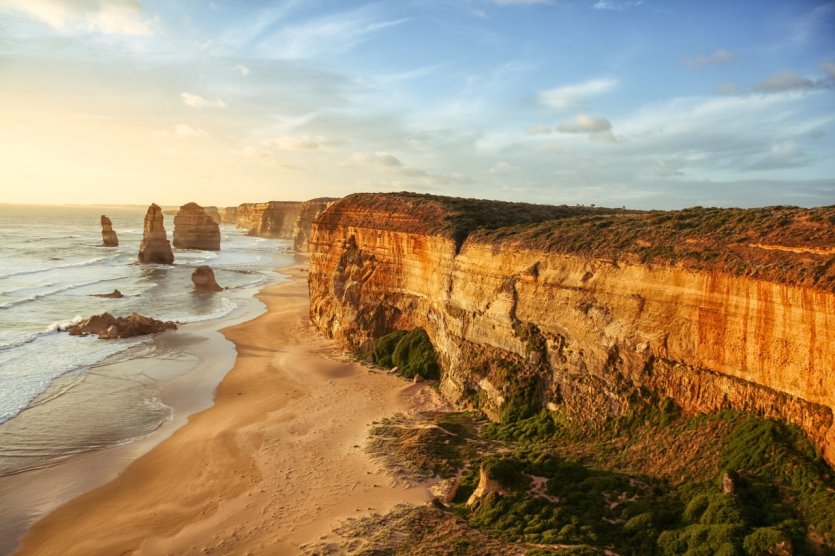
Australia... one word and a thousand fantasies! Who hasn't dreamt of travelling to the other side of the globe to discover the treasures of this country-continent? The largest coral reef in the world, a 500 million year old rock, a spectacular coastal road, an island populated by kangaroos or even the Blue Mountains are among the treasures to be explored. But also dive into the cultural life of Melbourne or Sydney, venture into Tasmania, laze in the paradise of the Whitsunday Islands, explore Aboriginal culture... all you have to do is make a list of your desires
Sydney
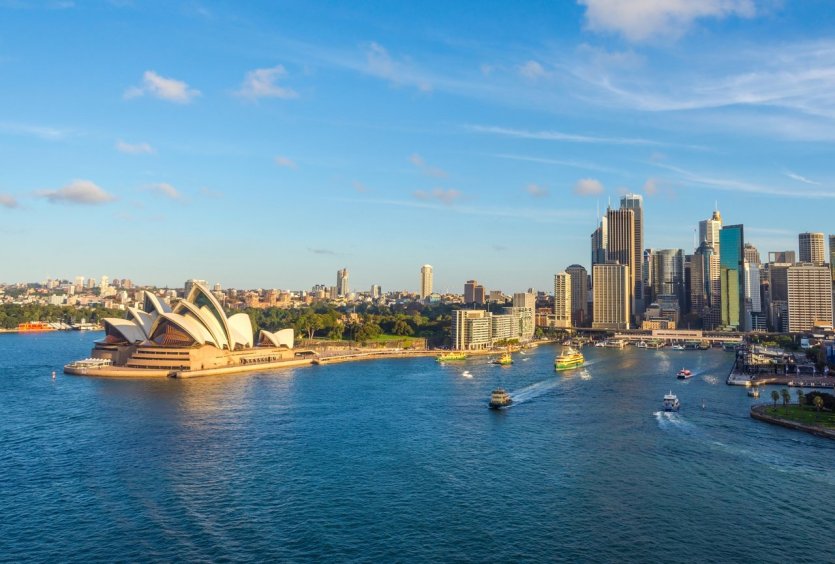
An exceptional natural setting, emblematic sites, a relaxed atmosphere: Sydney is one of the country's great charms! From the Opera House to the golden beaches, via the Harbour Bridge and numerous museums, the metropolis offers all the attractions for a half-urban, half-natural stay. Alongside the buildings of the City, you will discover historic lanes, beautiful gardens and fun attractions such as the Aquarium or Luna Park. Sydney is a vibrant and cosmopolitan city with a mix of cultures, a vibrant cultural life and a delicious lifestyle... you'll find it hard to leave.
The Great Barrier Reef
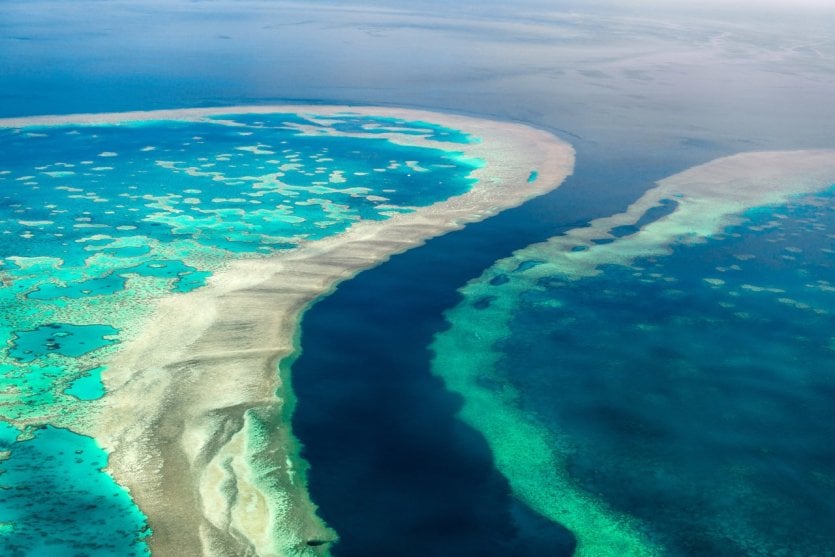
The longest coral reef in the world stretches 2,300 km to the north-east of the Australian coast. The Great Barrier Re ef preserves an incredible flora and fauna, including 400 species of coral, 1,500 species of fish and 4,000 species of molluscs. The dives and cruises offer a spectacle of every moment with a ballet of bright colors and varied forms. Listed as a UNESCO World Heritage Site, it is the only living organism visible from space
Melbourne
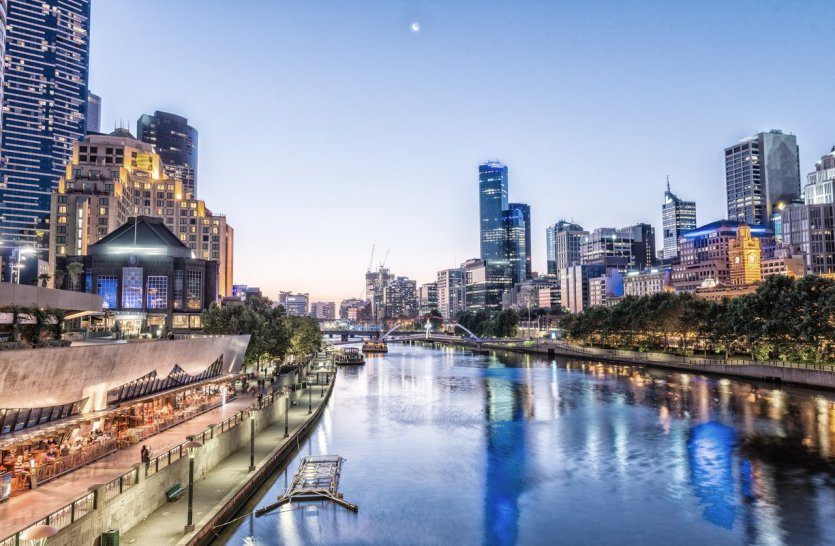
Australia's second largest city, Melbourne is considered the country's cultural, sporting and gastronomic capital: three pleasures that are all yours! With its European atmosphere, Melbourne plays on the contrasts between its Victorian architecture, its exuberant buildings, its trendy neighbourhoods, its beaches and its graffiti-covered streets. The city is a great place to stroll, laze around a café, stroll through the Queen Victoria Market or daydream along Port Philip Bay.
Ayers Rock
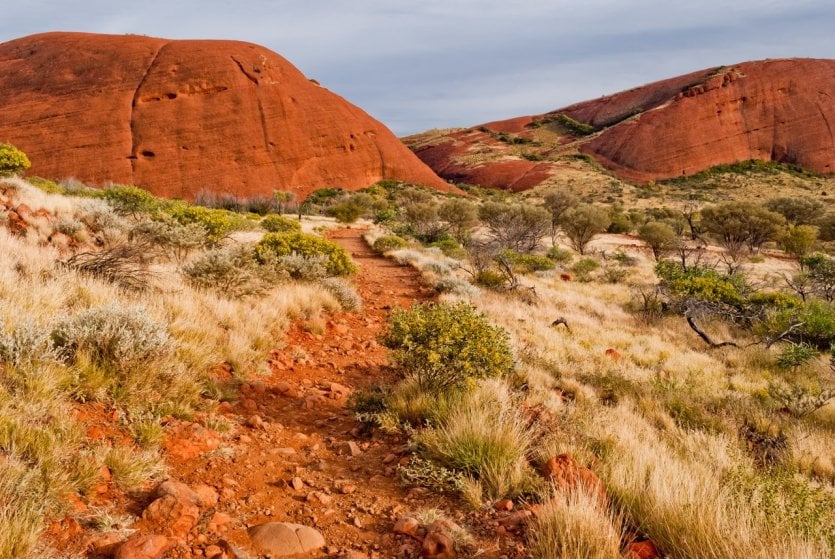
You have seen it many times in pictures to such an extent that Ayers Rock - or Uluru, in Aboriginal language - has become the iconic representation of the Australian Outback. This huge sandstone rock, 9 km in circumference and 350 metres high, is the largest inselberg in the world and is a UNESCO World Heritage Site. 500 million years old, its relief has hardly changed and still lends itself to wonder during sunrises and sunsets. Its colours then change from pink to ochre-orange then reddish-brown when the light declines: a surrealist spectacle.
Great Ocean Road
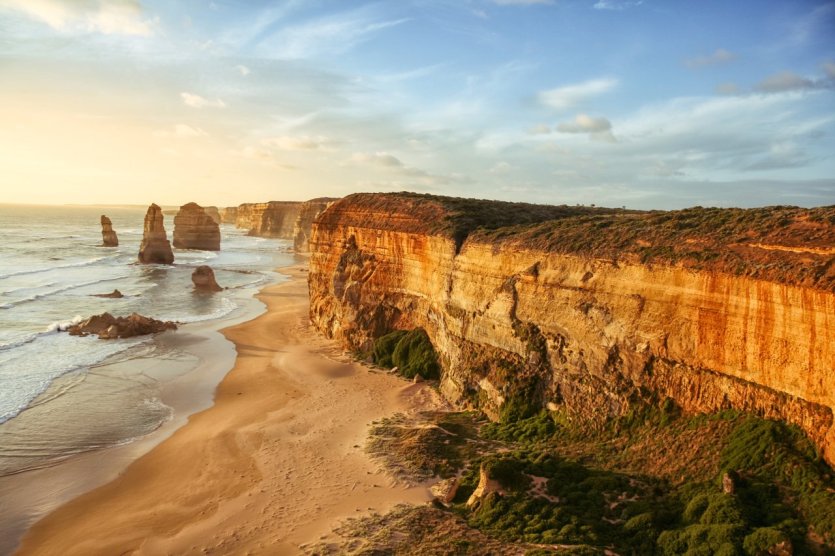
Stretching over 243 km, Great Ocean Road is one of the most spectacular coastal roads in the world. A road trip is then necessary to enjoy its multiple landscapes of steep cliffs, infinite horizons, immense forests of Eucalyptus and strange rock formations. The most famous and visited are those of the 12 Apostles, strange limestone towers that rise more than 45 meters above sea level. Erosion has sculpted these Apostles and still does: today there are only 8 of them since 4 of them have collapsed
Whitsunday Islands
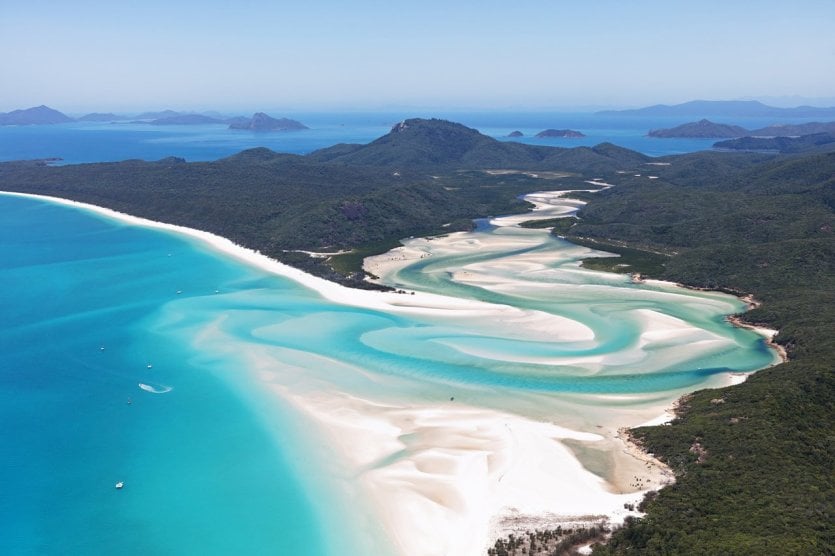
If heaven exists, it is in the Whitsunday Islands that you should look for it! This archipelago of 74 islands off Queensland is simply divine with its white sandy beaches, translucent waters and multicoloured fish that splash around in the Coral Sea. It is a favourite place for diving, especially in four key sites: Flinders Reef, Yongala Reef, Ribbon Reefs and Cod Reefs. Luxury tourism has grown strongly, you will find magnificent resorts in the heart of its breathtaking landscapes
Kangaroo Island
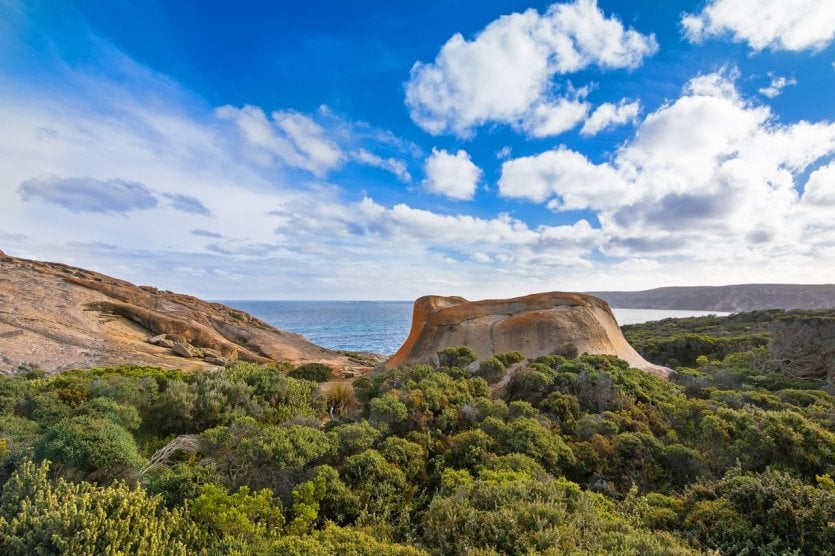
110 km southwestof Adelaide, Kangaroo Island is Australia's third largest island and one third of its area is now classified. This is the kingdom of animals, kangaroos of course, but also koalas, sea lions, wallabies, monitors and possums. You can also see nearly 250 bird species, including black cockatoos, a rare and endangered species. All this small world is protected by various programs and then evolves in complete peace of mind before your eyes.
Tasmania
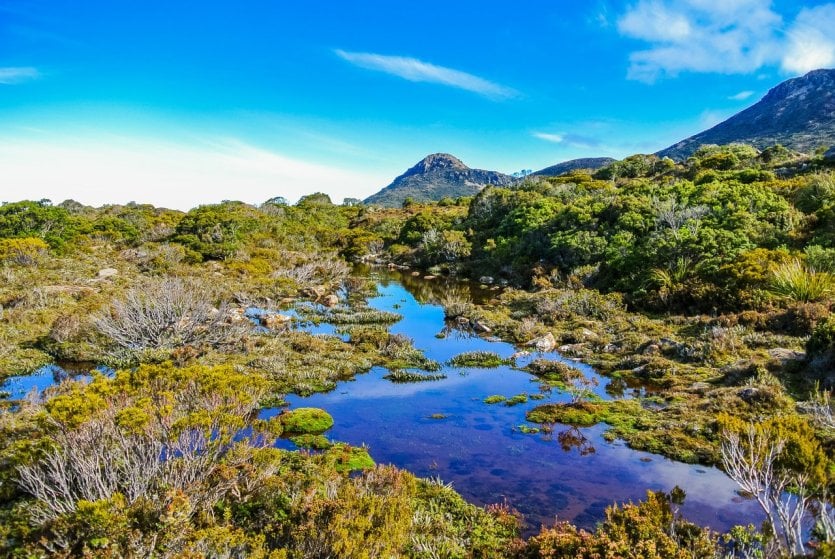
Isolated from the mainland by the Bass Strait, Tasmania is Australia's only island state. This small piece of land was for a long time a British penal colony, as attested by the numerous prisons, some of which are now classified. Almost 40% of the island is protected as a national park, preserving its wild landscapes and typical wildlife. Secret and intimate, Tasmania nevertheless reveals its treasures to hikers and other nature lovers.
Kakadu National Park
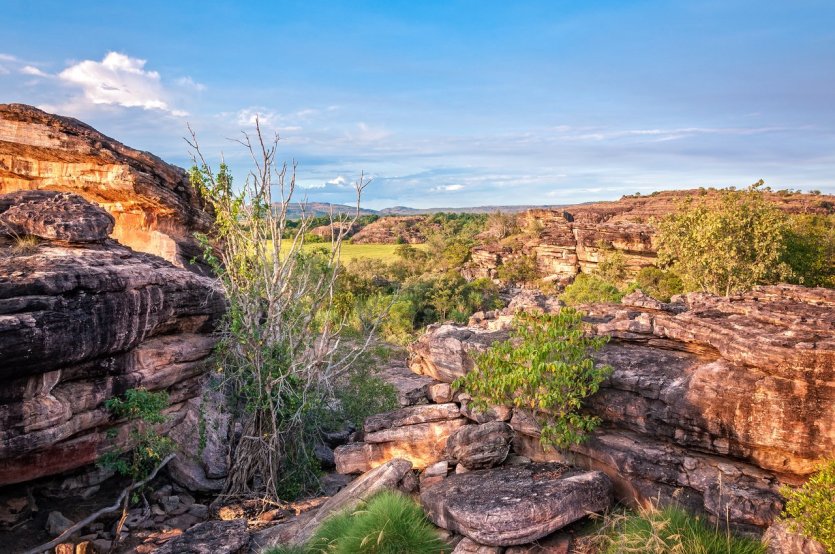
Listed as a UNESCO World Heritage Site, Kakadu National Park is Australia's largest national park, covering 20,000 square kilometres! Jungle, mangrove, savannah, gorge and waterfall: this vastness is made up of a variety of landscapes, populated by a wide range of wildlife. You can also discover a priceless heritage of Aboriginal rock art in over 5,000 listed sites. This heritage, more than 20,000 years old, represents one of the oldest historical traces of civilization in the world.
Blue Mountains
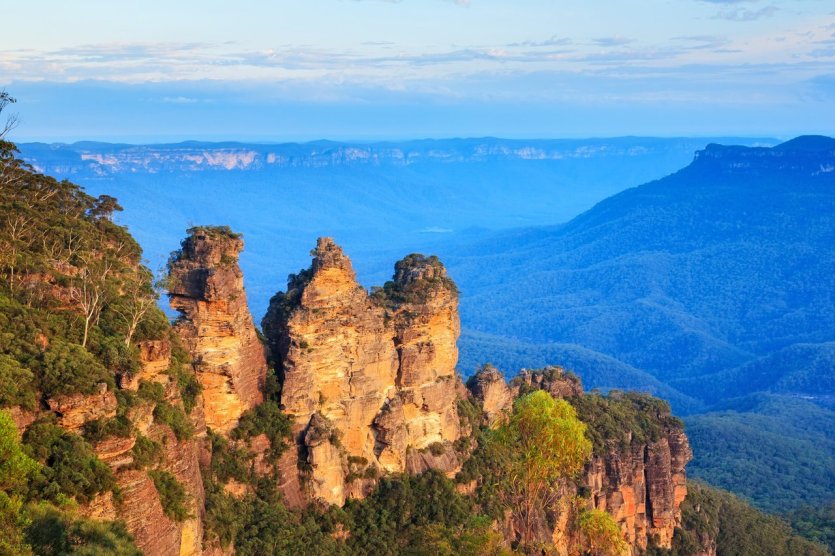
Blue mountains? Yes, for the bluish reflections due to the volatile emanations of the eucalyptus trees that cover its slopes! About 100 kilometres from Sydney, this mountain range forms a cordillera that reaches an altitude of 1,111 metres. The Blue Mountains National Park, a UNESCO World Heritage Site, offers beautiful walks and stunning views. Head to Echo Point to see the Three Sisters rock formation, the beautiful Wentworth Falls and the Jenolan Caves - the oldest open cave system in the world.


